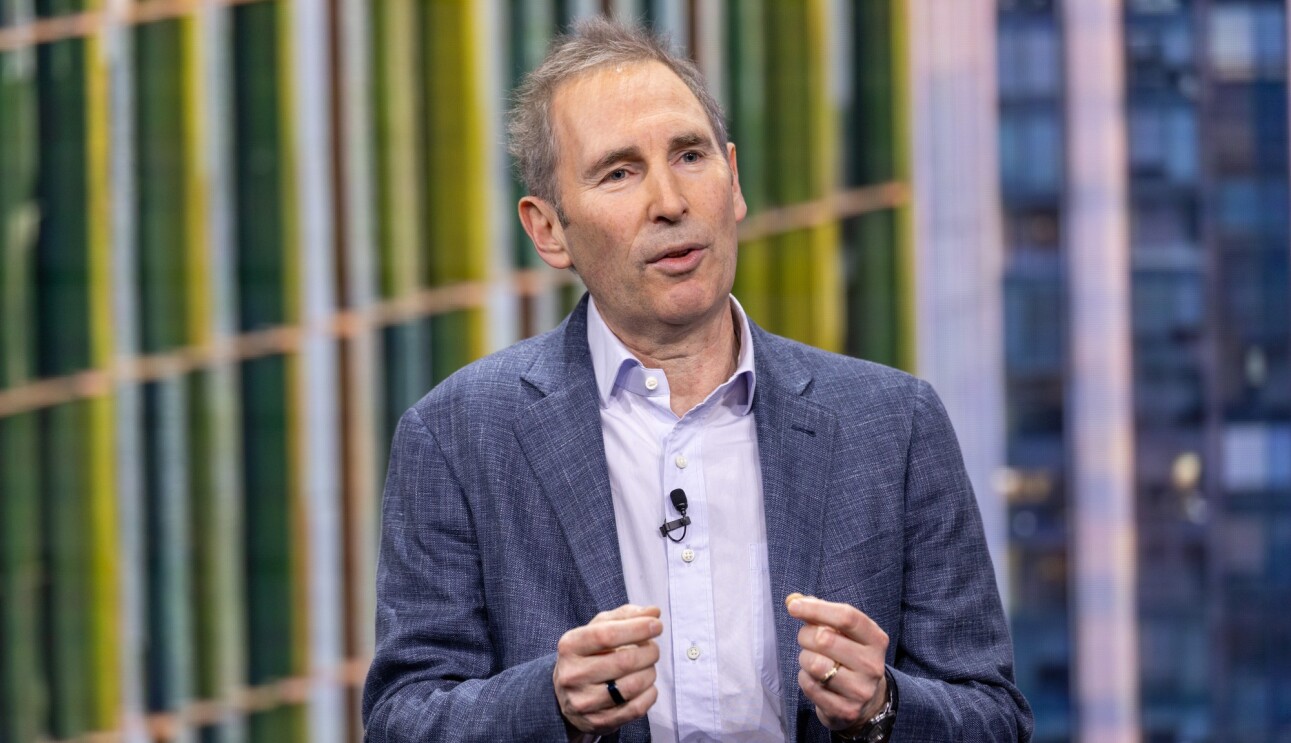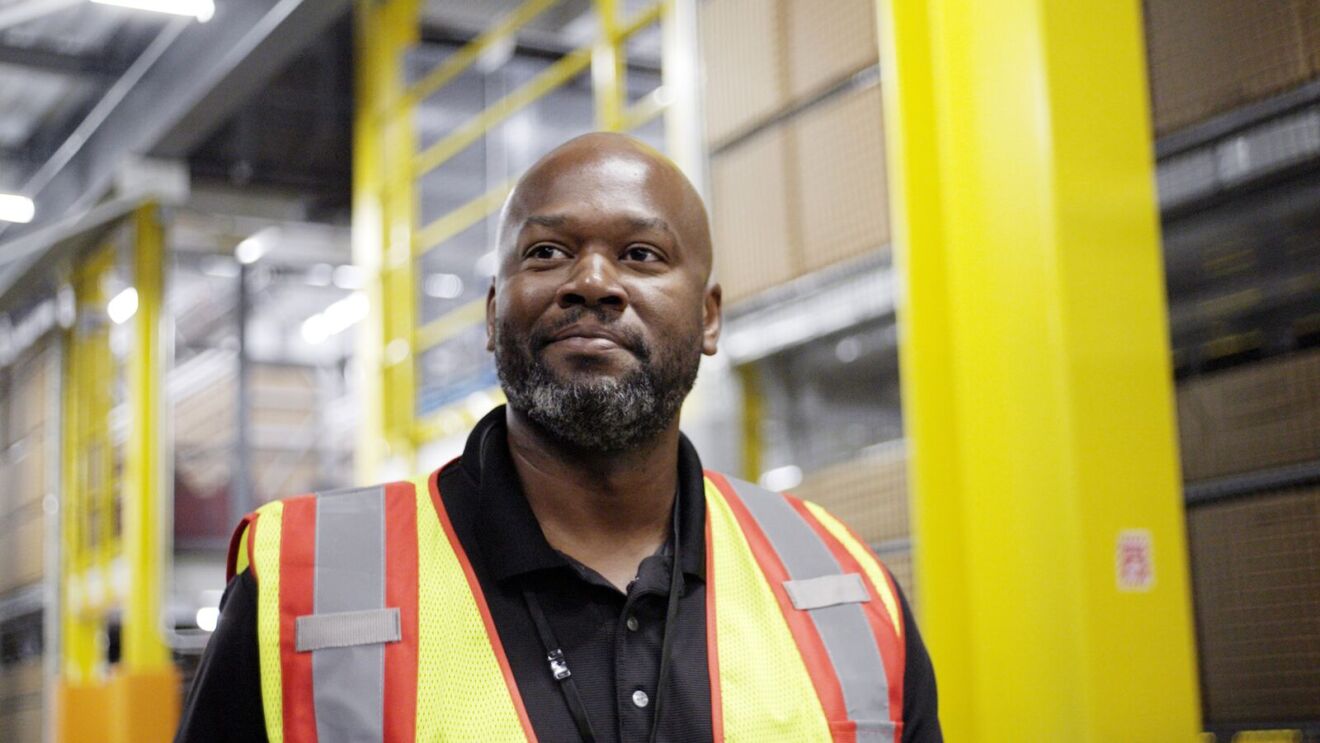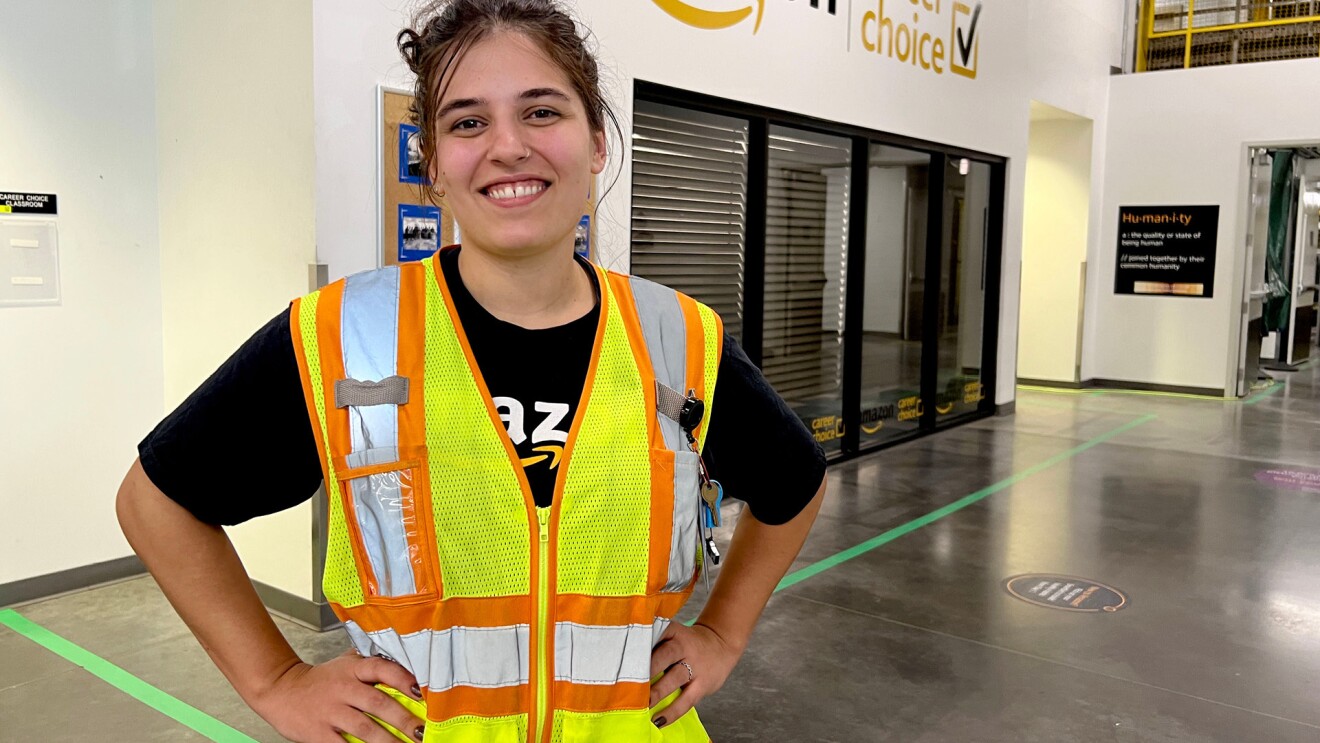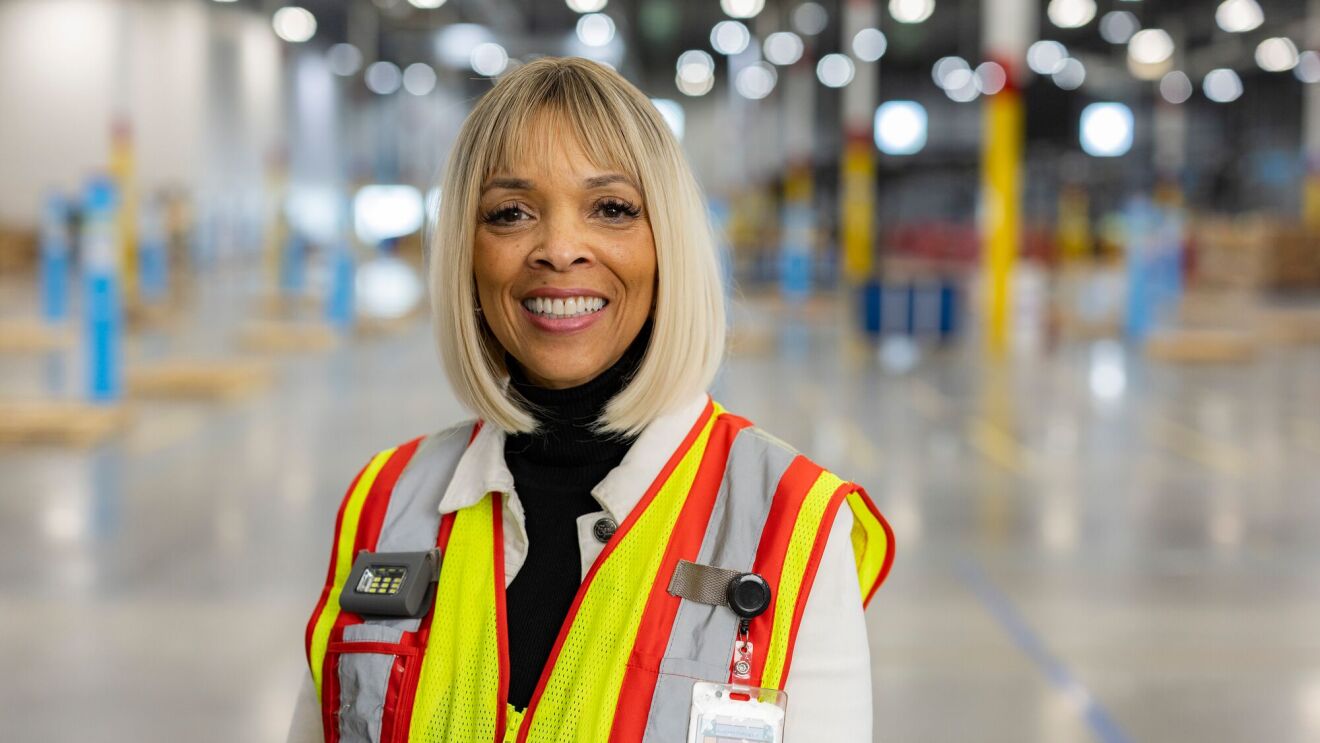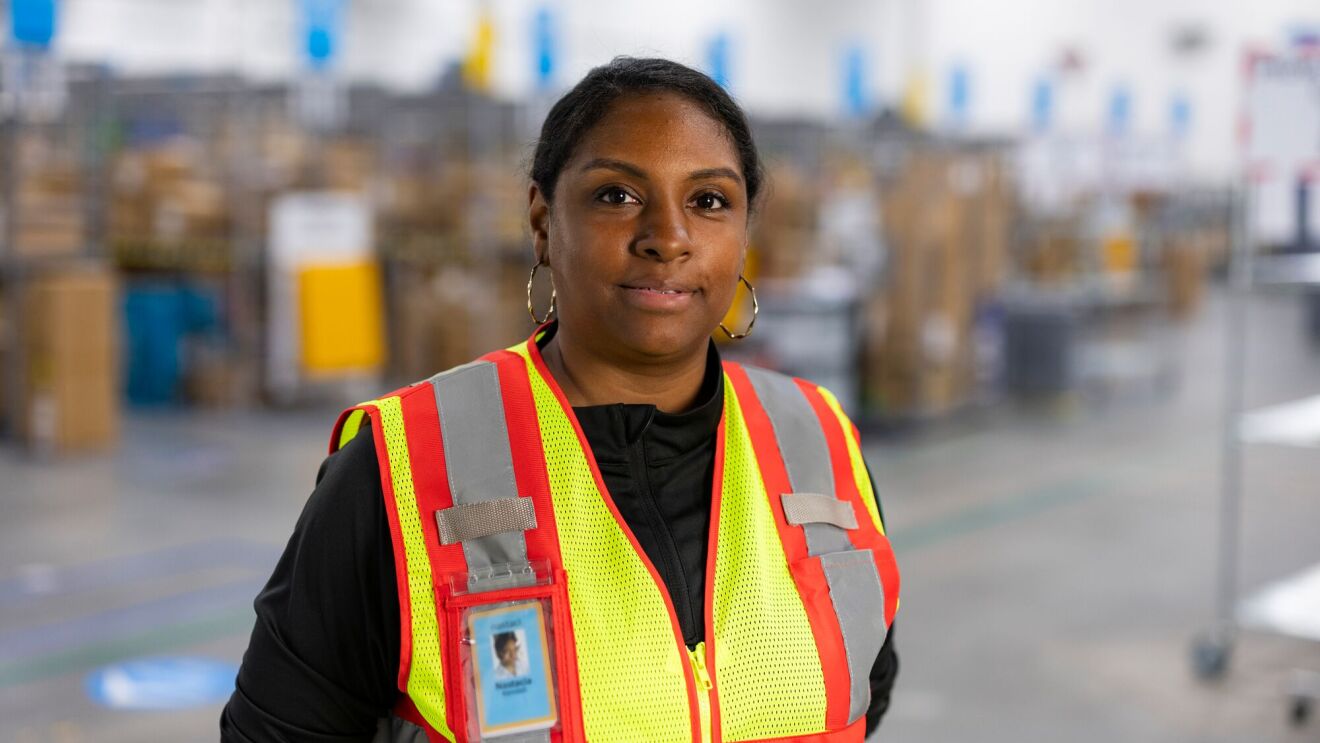Amazon was just named the #1 business on LinkedIn’s 2018 Top Companies list, which ranks the most sought after places to work for professionals in the United States.
The rankings, released on Wednesday, were based on LinkedIn’s deep dive into how its members used its website to explore different companies. The world’s largest networking site then analyzed the results and ranked companies with more than 500 employees.
“Job seekers are looking for companies where they can come in and make a difference either through their work or through the values they share with a company,” said Laura Lorenzetti Soper, a Special Projects Editor at LinkedIn, who oversaw the 2018 rankings.
“What sets Amazon apart is the idea that you get to come into Amazon and build something, and build something fast. That speaks to your work being valued. And that resonates with job seekers.”
In announcing its rankings, LinkedIn said it used a unique methodology to gauge a company’s desirability among professionals.
With 146 million members in the U.S., and nearly 550 million members worldwide, LinkedIn analyzed billions of actions its members took on the website over the course of the 12 months ending in January, 2018. Using metrics and data from its members, LinkedIn then interpreted what those actions meant. It funneled results into four categories which, when combined, fed into a ranking of the most sought-after companies. LinkedIn ran similar rankings for companies based in Canada, the UK, France, Germany, Brazil, Australia, and India.
Amazon’s focus on the customer starts with recruiting and developing talented employees all over the world who share a desire to build and innovate on behalf of customers. We are excited to see that LinkedIn users share our same passion.
Beth Galetti, Amazon senior vice president for worldwide human resources
To gauge job seekers’ interest in a company, analysts looked at how a company’s job postings performed on LinkedIn. To weigh “engagement” with both a company and its employees, LinkedIn looked at the number of non-employees who viewed the company’s career page, and asked to connect with a company’s employees. And to evaluate how well a company retained its employees – a stand-in for job satisfaction – the study looked at how often employees stuck around for more than a year.
“The only way we’re able to put customers first is by building outstanding teams,” said Beth Galetti, Amazon’s senior vice president of worldwide human resource. “We’re proud of our LinkedIn ranking. And we’re thrilled that innovating on behalf of customers makes Amazon an admired company.”
George Anders, Editor at Large at LinkedIn, spent several days at Amazon’s Seattle campus earlier this year. A former journalist at The Wall Street Journal, Anders covered Amazon between 1998 and 2000. Two decades later, he attended an Amazon new employees’ orientation, interviewed a handful of Amazonians and observed how the company has evolved for a story he wrote for LinkedIn.
What about the company particularly stood out to Anders during his recent visit to the Seattle campus?
“I was surprised to see an entire room of new hires at orientation day listening to customer-service phone calls with unsatisfied shoppers,” Anders said. “And I didn’t expect to hear a lengthy discussion of badly designed dog-poop bags. It was striking to see this messaging aimed not only at people working on the customer-facing website, but also at AWS engineers, financial specialists, recruiters, and people who work across all sections of the business."
Anders said the company’s South Lake Union campus was an upgrade over Amazon’s original buildings. He described the new “bird’s nest,” a gathering platform on the third floor of The Spheres, as “the most astonishing workspace I’ve ever seen.”
Still, despite the many cosmetic changes he observed, what stood out to Anders was the continuity in how Amazon is run today and how it operated 20-years ago.
“It's startling to realize that basic Jeff [Bezos]-isms about putting the customer first, being the kind of company that keeps trying to lower prices and expand selection still come across today as unusual and effective approaches,” Anders said.
Trending news and stories




